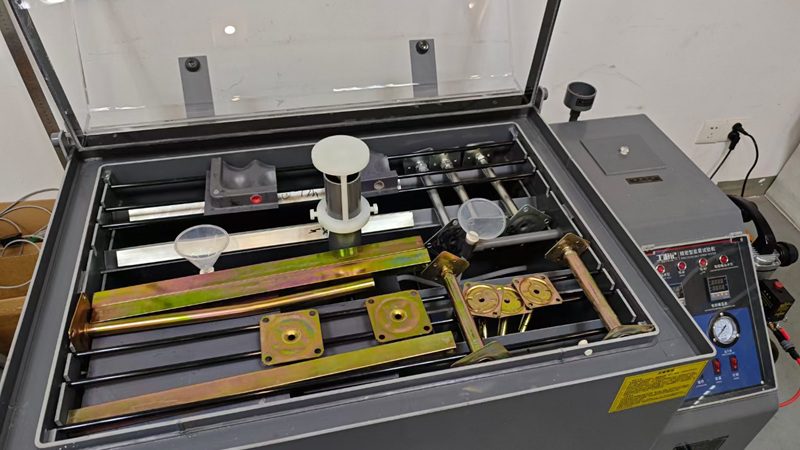In the world of commodity servers, virtualization technology seems to be experiencing explosive growth. The return on investment (ROI) gained by consolidating old servers into the latest powerful multi-core/multi-processor servers is attractive, and many corporate IT departments are rapidly advancing the virtualization of their own servers. Many companies use virtualization technology somewhere in their internal systems, but they seem hesitant to use it in their data center disaster recovery plans. This article will discuss the effects and limitations of virtualization technology in disaster recovery.
What is Disaster Recovery (DR) within Data Centers?
Disaster recovery (DR) refers to the mechanisms and systems put in place to quickly restore and repair system failures during disasters. The DR (Disaster Recovery) constructed by data centers ensures quick system recovery and business continuity.
When facilities that are vital to a company’s operations encounter natural disasters or accidents, measures to prevent or quickly restore interruptions to the business-critical IT systems and networks are considered key issues in Business Continuity Planning (BCP) and DR strategies. For this reason, measures such as system redundancy (duplication) and data backups are considered from standard operating times.
Data Centers for BCP/DR Measures
Many companies, including cloud services, have built their IT system infrastructure and platforms in data centers. However, data centers are also used for BCP/DR strategies, realizing a reduction in RTO (Recovery Time Objective), which refers to the time it takes to restore operations after a disaster.
What is Virtualization in Data Centers?
Virtualization is a technology that abstracts the physical hardware of a server and allows multiple virtual machines (VMs) to run on a single physical server. This technology can significantly enhance disaster recovery (DR) strategies within a data center.
Benefits of Virtualization in Disaster Recovery within Data Centers
Few IT departments that have deployed advanced virtualization technology for disaster recovery are unanimous in their praise of its effectiveness. Here’s how virtualization can be beneficial:
1. Faster Recovery Times
Virtual machines can be quickly migrated from one host to another, allowing for rapid recovery in the event of a hardware failure. This is much faster than the time it would take to restore operations on a new physical server.
2. Simplified Backup and Restore
Virtualization allows for simpler and more efficient backup processes. Entire VMs can be backed up as single files (often referred to as snapshots), which encompass the operating system, applications, and data. These can be restored on any host that supports the virtualization platform, irrespective of underlying hardware differences.
3. Hardware Independence
Since VMs are not tied to specific hardware, they can be restored on any compatible hardware in the event of a disaster. This eliminates the need for identical standby hardware, reducing costs and complexity.
4. Replication
Many virtualization platforms include the ability to replicate VMs to another location. This can be set up to occur in real-time or at scheduled intervals. If the primary data center goes down, the replicated VMs can be activated at the secondary site.
5. High Availability and Fault Tolerance
Virtualization platforms typically offer high availability (HA) and fault tolerance (FT) features. HA can automatically restart VMs on other hosts if their current host fails, while FT creates a live shadow instance of a VM that takes over immediately in case the primary VM fails, with no data loss or downtime.
6. Testing Disaster Recovery Plans
Virtualized environments make it easier and less risky to test DR plans. VMs can be cloned and isolated to test the recovery process without affecting production systems.
7. Reduced Downtime and Data Loss
With technologies such as live migration and storage migration, VMs can be moved to new hosts without downtime. This allows maintenance and upgrades to occur without affecting the availability of services, minimizing potential data loss during such operations.
8. Scalability
Virtual environments can be scaled quickly to meet changing demands. In a DR scenario, this means additional resources can be allocated to VMs to ensure performance is maintained when other parts of the infrastructure might be compromised.
How Does Virtualization Help with Disaster Recovery Within a Data Center?
So, what exactly makes virtualization so wonderful for disaster recovery? Let’s take a look at some specific points:
Hardware Independence
When a disaster recovery solution is built around physical systems, there may be a need to maintain identical hardware at the recovery site, or there may be complicated and time-consuming tasks required to rebuild the server OS on new or different hardware. Even if the recovery server hardware is the same model, there can be cases where it takes time to launch the server image because the firmware of the HDD controller built into the hardware had been updated.
Virtualization abstracts the hardware from the OS, standardizing all the device drivers used by the OS into a common set that can be used by all virtual machines, regardless of the underlying hardware model. This eliminates the tedious task of fitting the device drivers of the installed server image to the new server, thus significantly reducing recovery time and the risk of configuration errors.
Virtual Machine Disk Format Files
Virtual machines save the guest OS, applications, storage, and configurations (such as IP addresses) to a file. This file, known as the “Virtual Machine Disk Format” (VMDK) file or “Virtual HDD” (VHD) file, contains the entire OS environment that allows for easy loading and saving of a virtual machine. This file includes not only the image of the OS and application code but also various configuration information required for the virtual machine (virtual processors, memory, devices, etc.). In other words, this is a very simple and portable single file that contains everything needed to describe the server environment, and the actual code and data that make up the server. When a virtual machine is booted from a virtual machine disk file, all parameters are automatically configured instantly. The recovery work at the disaster recovery site becomes a very simple task of just launching the virtual machine from the VMDK or VHD file.
Physical-to-Virtual Conversion Tools
Virtualization solutions require tools to create, boot, stop, and save virtual machine images. Several tools are available to assist in the creation of virtual machine images. These tools analyze physical servers and create VMDK or VHD files from physical servers. The VMDK or VHD files created from physical systems can be easily deployed to the recovery site.
Hardware Reuse
The hardware for virtual machines at the recovery site does not need to sit idle waiting for a failure to occur at the primary site. It can be used for various purposes such as development or testing. In the event of a failure, the virtual machines used for testing or development can be stopped, and the production virtual machines can be started up. This process can be completed in just a few seconds.
The Disadvantages of Virtualization in Disaster Recovery Solutions
Virtualization-based disaster recovery solutions seem to offer tremendous benefits. However, they are not without their pitfalls. Such solutions are generally effective for most system loads, but they are not suitable for all cases. For applications like databases that heavily utilize I/O and place high loads on the system, the increased overhead associated with virtualization could lead to performance degradation. Most database vendors do not currently support their products in virtualized environments (although this situation is likely to change soon).
Additionally, for applications and services that require dedicated hardware devices, these devices may not be supported in a virtualized environment. In such special cases, it is necessary to build a disaster recovery solution with identical physical hardware, complicating the recovery process.
Implementing DR with Virtualization in Data Centers
When using virtualization for DR within a data center, it is essential to consider the following:
- Replication Strategy: Decide whether replication will be continuous or snapshot-based, and how often it will occur.
- Secondary Site: Ensure that there is a secondary site that can take over if the primary data center is compromised.
- Networking Considerations: Plan for the networking changes that will be necessary when failing over to a secondary site.
- Storage: Use shared storage or storage that is easily replicable to ensure data consistency across sites.
- Automation: Implement automation tools that can manage the failover process to make it as quick and seamless as possible.
- Monitoring and Management: Have systems in place to monitor the health of the virtual environment and manage it effectively during a DR event.
By incorporating virtualization into DR planning, data centers can provide more robust, flexible, and efficient recovery solutions, ultimately ensuring higher levels of business continuity and resilience.
Huiya Real-Time News
Huiya Real-Time News is dedicated to providing you with the latest and most authoritative information on the raised flooring industry.
We provide 24/7 updates on industry policy interpretations, market trend analysis, company news.
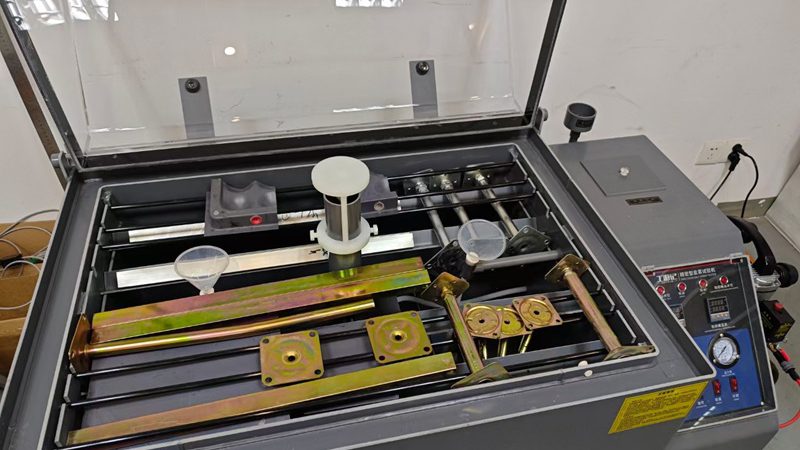
匯亜、新たに塩霧試験装置を導入 OAフロアの品質防線を強化
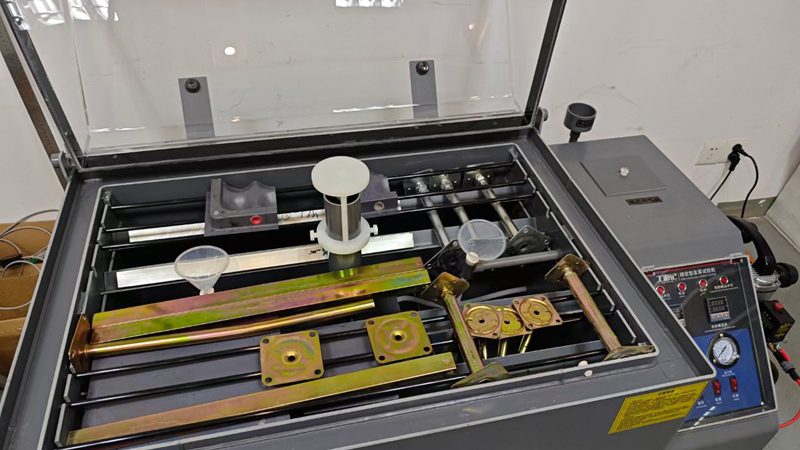
회아, 새 염무시험장비 도입해 이중바닥재 품질 방호선 단단히 만듦
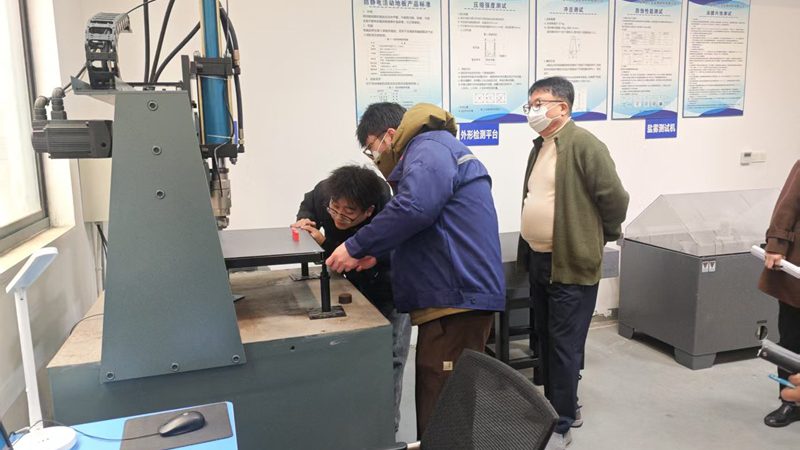
창주 회아 이중바닥재 회사, 한국 KSA 인증 획득하며 이중바닥재 공식 한국 수출 시작
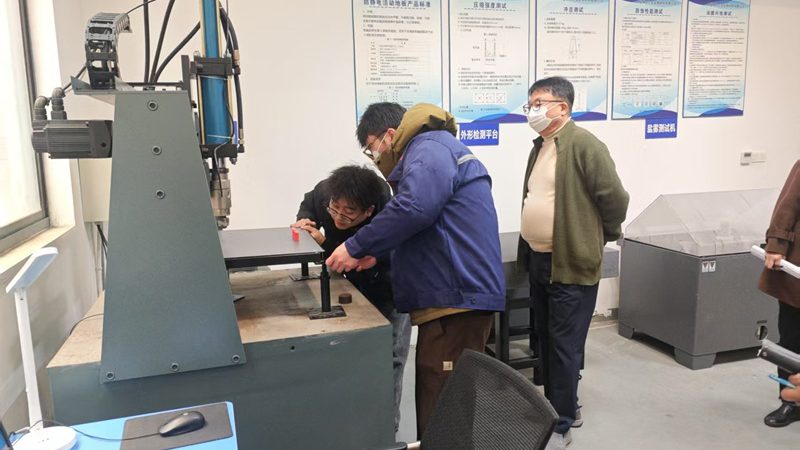
常州汇亜OAフロア社、韓国KSA認証取得、OAフロアが正式に韓国に輸出サブタイトル
MORE DOWNLOADS

GENERAL CATALOGUE
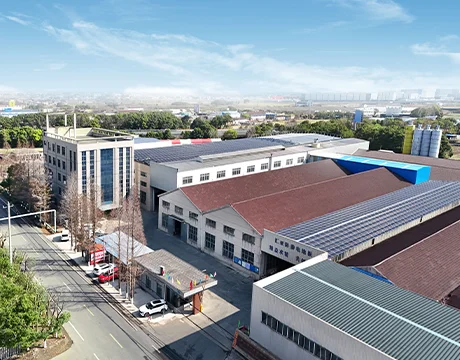
HUIYA INTRODUCTION

HUIYA GREEN LABEL
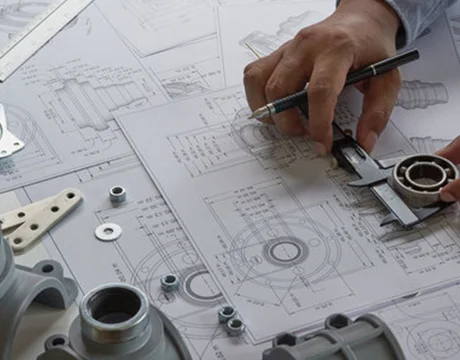
CAD/BIM FULL STEEL
APPLICATION SCENARIOS







